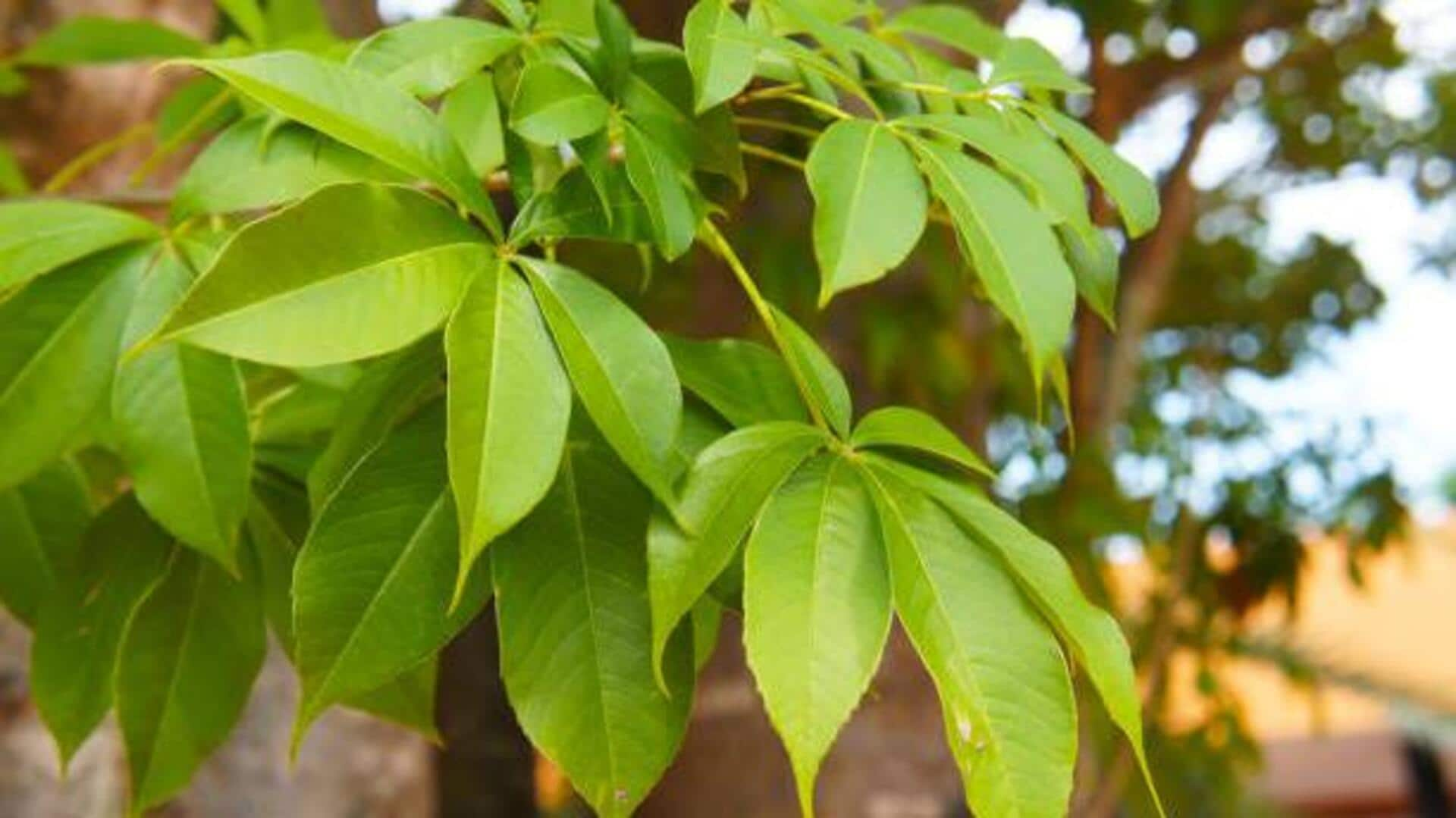
How to cook with baobab leaves
What's the story
Baobab leaves are staple in African cuisine, appreciated for their nutritional benefits and versatility. Rich in vitamins and minerals, the leaves make a great addition to an array of dishes. Although baobab fruit often takes the spotlight, the leaves bring unique culinary applications to the table, boosting flavor and nutrition. Here are five distinct ways baobab leaves are used in Africa's cooking.
Soups and stews
Nutritious soups and stews
Across Africa, baobab leaves are often used to enrich soups and stews. When added to these dishes, they lend a thickening effect thanks to their mucilaginous properties. Not only this, but the leaves also add a slightly tangy flavor that goes well with other ingredients. In several places, they are added with vegetables or legumes to prepare hearty meals that are nutritious and filling.
Herbal teas
Flavorful herbal teas
In some parts of Africa, baobab leaves are dried and used to prepare herbal teas. These teas are prized for their refreshing taste as well as potential health benefits. The infusion of baobab leaf tea is said to aid digestion and boost immunity due to its high vitamin C content. This makes it a popular choice among those looking for natural wellness remedies.
Green salads
Leafy green salads
Fresh baobab leaves can be used in salads as a nutritious leafy green option. They lend texture and an earthy flavor that complements other salad ingredients like tomatoes or cucumbers. Baobab leaf salads can be dressed simply with lemon juice or olive oil, letting the natural flavors of the greens shine through while offering essential nutrients.
Porridges
Traditional porridges
In many African cultures, baobab leaves are incorporated into traditional porridge recipes. These porridges are commonly used as breakfast staples or weaning foods for babies, owing to their nutrient density. The inclusion of baobab leaves not only boosts the nutritional profile but also adds depth of flavor without dominating other elements such as grains or nuts.
Sauces
Savory sauces
Baobab leaves can also be turned into savory sauces that go with various dishes such as rice or root vegetables. By simmering the fresh or dried leaves with spices such as garlic or ginger, cooks prepare flavorful condiments. These elevate simple meals into something special while retaining healthful qualities of this versatile plant part.